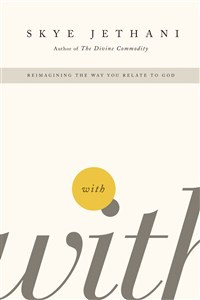In Conjunctions and Disjunctions, Octavio Paz offers what he calls his rough draft for a history of man, which is a history of human nature rather than of men or of cultures and civilizations. For Paz, this history is grounded in the polarity of being and the flux and balance of life. It can be read in the dualities by which we live, the pairs of contrasting concepts or signs by which all cultures organize themselvesbody and soul or mind, life and death, eros and thanatos, the sex organs and the face. His book is an exploration of those dualities over time and across traditions, brought together with provocative erudition and a poets scintillating insight.
Ranging through Eastern and Western religions, ancient and contemporary civilizations, and subjects as diverse as history, politics, science, and literature, Paz cites saints, philosophers, anthropologists, and psychoanalysts as he teases out the correspondences and contrasts that comprise this history. The final section of his book seeks to assess not only what this world of contrasting signs represents, but where it is headedwhat energies in man will help ensure our future.





